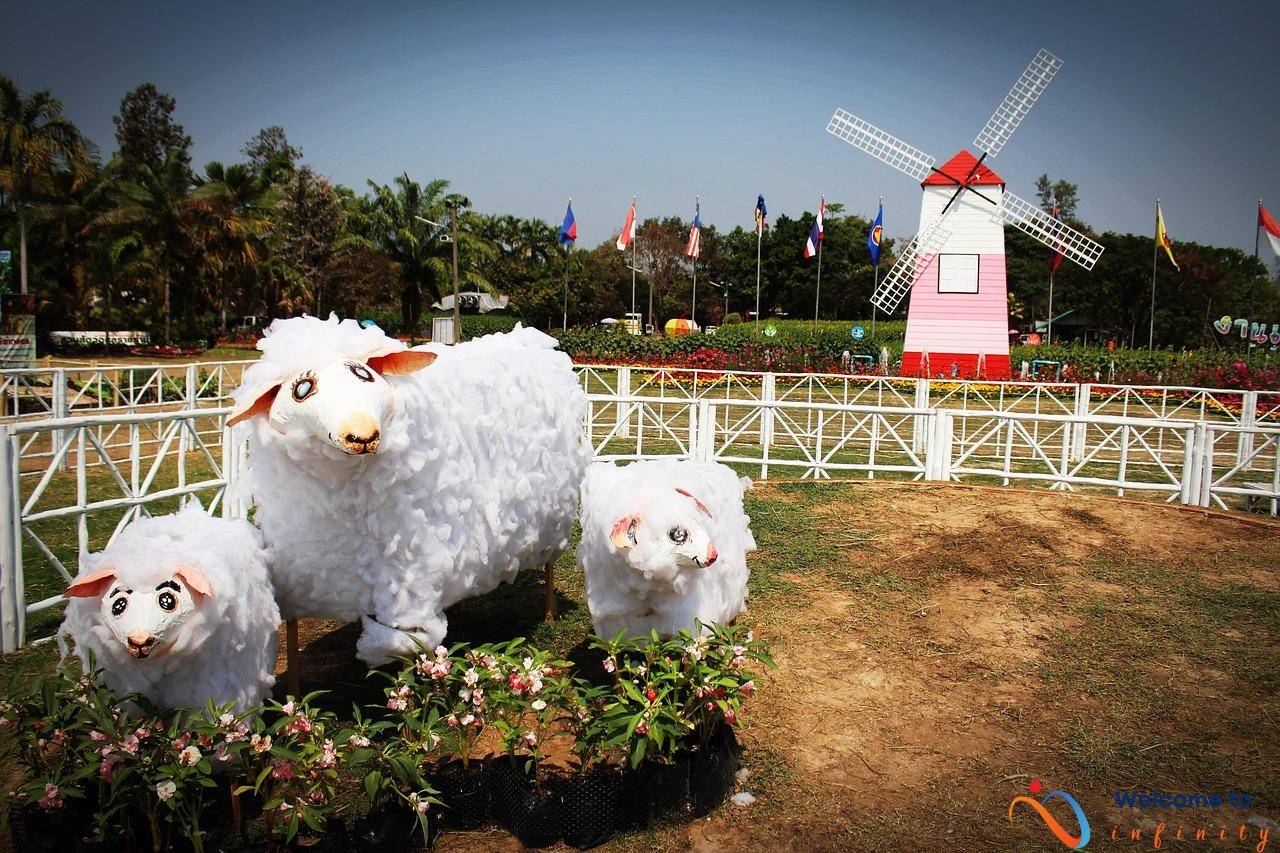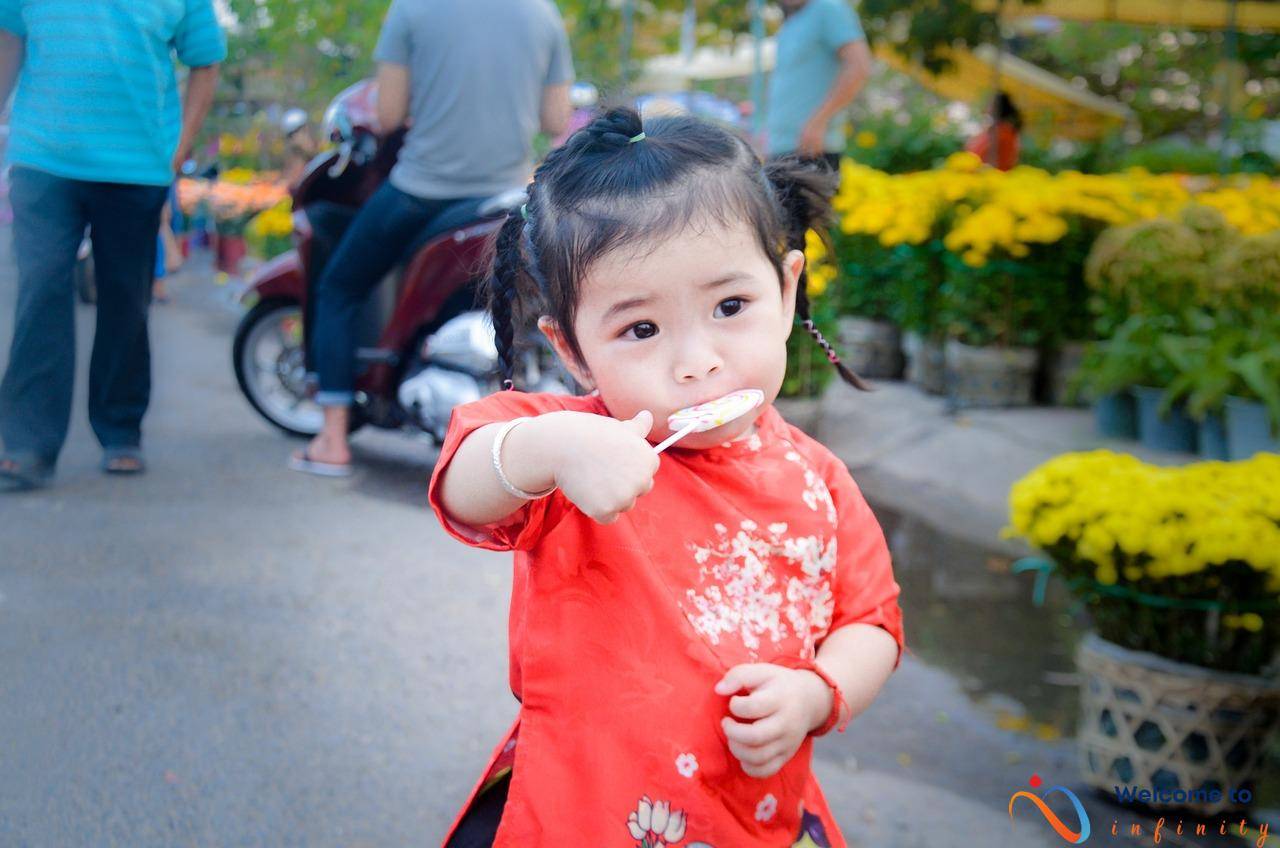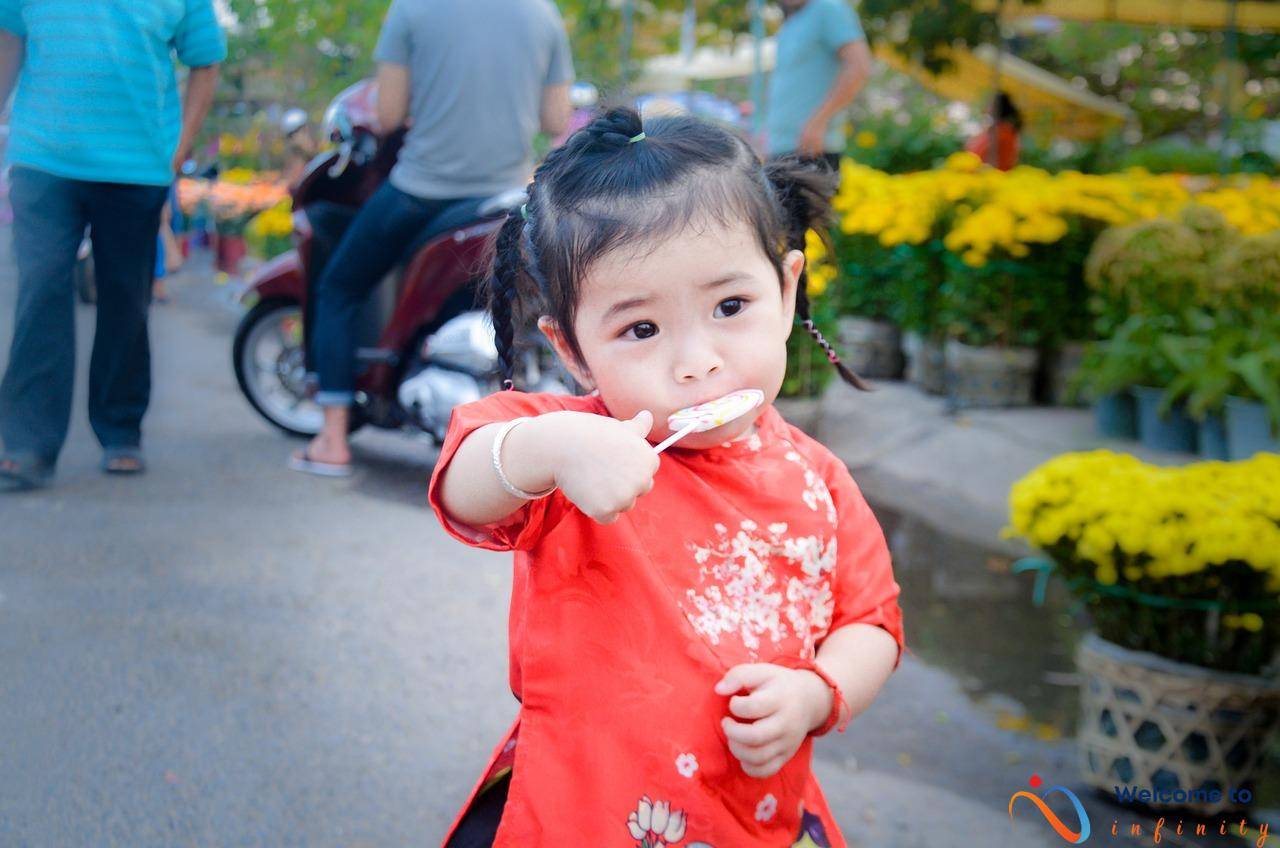Animation is not just a form of entertainment but an art form that reflects the culture and values of the society it originates from. The different styles and storytelling techniques seen in animation are a result of various cultural influences that have shaped the genre over time.
This article aims to explore the impact of cultural influences on animation by examining the different styles and storytelling techniques used in various animation studios across the world. From Japanese Anime to American Animation, from fairy tale adaptations to experimental techniques, and adult Animation, each of these styles has its origins in cultural influences.
The use of cultural influences in animation helps the creators to convey a deeper message and connect with the audience on a more profound level. It also allows the audience to learn about different cultures and values that they may not have been exposed to otherwise.
The article will delve deeper into each of the animation styles mentioned above to understand how cultural influences have shaped them and the storytelling techniques used within them. By exploring these different styles and techniques, we can see how animation has grown and evolved under various cultural influences.
Japanese Anime
Japanese anime is a unique and popular art form that is recognized globally for its distinct style and storytelling techniques. This animation style originated in Japan and is heavily influenced by the country's rich cultural history and traditions.
One of the defining features of Japanese anime is its use of exaggerated character designs, often with large eyes and bold outlines. This distinctive style is influenced by the art of manga, which includes Japanese comics and graphic novels. Manga has been a significant part of Japanese popular culture since the early 20th century and is known for its narrative structures, character development, and artwork.
Another key characteristic of Japanese anime is its use of storytelling techniques. Many anime series focus on themes like friendship, love, and loyalty, often set against fantastical settings. These stories can be expressed through both action-oriented fight scenes and slower, more contemplative moments.
Japanese culture's influence can also be seen in the themes explored in anime. For example, anime often focuses on traditional Japanese beliefs, such as the importance of honor and loyalty or the relationship between nature and humanity. Moreover, anime is also used to explore contemporary social issues, such as technology or environmentalism.
Overall, Japanese anime represents a unique blend of art, culture, and storytelling that has gained worldwide popularity. Through its distinct style and techniques, anime continues to appeal to a global audience and have an enduring cultural impact.
American Animation
American animation has been producing groundbreaking, unique content for nearly a century now. Dating back to the early days of Disney, American animation has its own distinct styles and techniques that are heavily influenced by pop culture and contemporary issues. Shows like The Simpsons have been satirizing American politics and culture for over three decades, humorously exploring how American values and ideals have evolved over the years. Similarly, South Park tackles issues like censorship, society, and politics through its own brand of humor, and has become one of the most iconic animated shows in American history.
Contemporary American animation also explores subjects like mental health, gender, and sexuality in shows like Bojack Horseman and Big Mouth. These shows use animated visuals to offer more profound commentary on the human condition than most live-action programming could ever hope to achieve. American animation also increasingly incorporates diverse voices and perspectives in its storytelling, with shows like Steven Universe and She-Ra featuring LGBTQ+ characters in prominent roles.
Disney Animation
Disney animation has a long history of being influenced by various cultures and storytelling traditions. This can be seen in their diverse range of films, which draw inspiration from European folklore, Greek mythology, and even Hindu mythology. Cinderella, Sleeping Beauty, and Snow White are all adaptations of classic European fairy tales, while Hercules and Mulan draw from ancient Greek and Chinese mythology, respectively.
Additionally, Disney has experimented with combining different cultural influences in their films. The Lion King, whose story is loosely based on Shakespeare's Hamlet, features a cast of African animals and incorporates elements of Swahili language and culture. The Princess and the Frog is set in New Orleans and showcases the city's unique blend of French, African, and American cultures.
Disney's more recent films have also focused on the importance of cultural representation. Moana, set in the Pacific Islands, features a mainly Polynesian cast and incorporates the culture's music and traditions. Similarly, Coco, based on the Mexican holiday Dia de los Muertos, celebrates Mexican culture and traditions in a way that is both respectful and entertaining.
- Cinderella, Sleeping Beauty, and Snow White are adaptations of classic European fairy tales.
- Hercules and Mulan draw from ancient Greek and Chinese mythology, respectively.
- The Lion King features African animals and elements of Swahili culture.
- The Princess and the Frog is set in New Orleans and showcases French, African, and American cultures.
- Moana features Polynesian culture and traditions.
- Coco celebrates Mexican culture and traditions.
Overall, Disney animation has been influenced by a wide range of cultures and storytelling traditions, resulting in a diverse and beloved collection of films. By incorporating these influences in their storytelling, Disney has created stories that are not only entertaining and engaging but also reflect the importance of cultural diversity and representation.
Fairy Tale Adaptations
Disney's classic fairy tale adaptations, such as Cinderella, Snow White, and Sleeping Beauty, are some of the most iconic animated films in history. These films are heavily influenced by European folklore and literature, with many of their stories originating from old Grimm Brothers' fairy tales.
Disney's adaptations not only showcase the influence of European culture on animation but also the importance of storytelling traditions in different cultures. These films feature common European fairy tale tropes like evil stepmothers, magical creatures, and themes of love and redemption.
The impact of European folklore and literature can be seen in the distinct art style of Disney's classic fairy tale adaptations. From the detailed backgrounds to the intricate character designs, Disney's animators have captured the essence of traditional European storytelling through their animation.
Moreover, Disney's adaptations have helped to introduce these stories to a wider audience, making them a part of popular culture beyond just European audiences. These adaptations have also inspired numerous spin-offs, sequels, and adaptations in other forms of media, further showcasing the influence of European folklore and literature on storytelling across different mediums.
In conclusion, Disney's classic fairy tale adaptations, heavily influenced by European folklore and literature, have had a significant impact on animation and popular culture. They have not only introduced European storytelling traditions to a wider audience but also inspired numerous adaptations and spin-offs across different forms of media.
Cultural Representation
The influence of non-Western cultures in animation has become more prominent in recent years, particularly in Disney films like Moana and Coco. These films not only showcase traditional stories and beliefs of cultures like Polynesia and Mexico, but also emphasize the importance of cultural representation in animation.
In Moana, the film's visuals, music, and characters draw heavily from Polynesian culture, featuring accurate depictions of clothing, tattooing, and seafaring techniques. The film also explores Polynesian mythology and values, like the importance of community and respect for nature.
Similarly, Coco highlights Mexican culture through its story about the Day of the Dead, a Mexican holiday that celebrates deceased loved ones. The film's visuals incorporate Mexican folk art, the soundtrack features mariachi music, and the characters actively embody Mexican values like family and tradition.
By incorporating authentic cultural elements, these Disney films showcase the importance of representation in animation and the value of sharing traditionally underrepresented cultures. Additionally, they provide opportunities for cultural education and understanding for viewers from all backgrounds.
Adult Animation
Adult animation has gained popularity over the years, with shows like Rick and Morty taking the world by storm. This genre often tackles mature themes and satirizes pop culture and societal issues. Shows like Family Guy and South Park have also become a household name for their irreverent take on current events.
These animated shows showcase the impact of contemporary culture on animation. They incorporate current events and issues, often serving as a commentary on society. For instance, Rick and Morty's episode “The Purge” parodies the horror movie with the same name and uses it to critique the nature of society and the concept of violence.
The adult animation genre also allows for unconventional humor and storytelling. It challenges the norms of traditional animation and explores more complex themes and characters. It often deals with existential questions and human behavior, making it a more mature and intellectually stimulating form of entertainment.
- Shows like BoJack Horseman use animal allegories to comment on issues like addiction, depression, and existentialism.
- F is for Family uses the backdrop of the 70s to explore the changing dynamics of family life and societal norms.
Given its unique take on entertainment, adult animation has become a staple in mainstream media. It has garnered a significant following, with fan theories and discussions populating social media. As animation continues to push boundaries and address issues that affect our society, adult animation remains a crucial part of the cultural landscape.
International Animation
International animation provides a fascinating insight into different cultures and their approach to storytelling. Japan's Studio Ghibli, for example, is renowned for its ethereal, beautifully drawn films that explore complex themes and emotions. In contrast, Aardman Animations from the UK uses stop-motion animation to create playful, whimsical stories.
Many international animations draw heavily from folklore and mythology as a way of showcasing the cultural beliefs and values of different societies. indian animation, for example, often explores Hindu mythology, while African animation often incorporates traditional folk tales.
International animation can also take unconventional storytelling approaches that challenge Western norms. French animation, for example, is known for its experimental techniques and surreal imagery, while Iranian animation often deals with taboo subjects that are rarely explored in Western animation.
When it comes to animation, there is a vast and diverse range of cultural influences at play. International animation not only entertains but also serves as a window into different cultures and ways of thinking. It is a testament to the power of animation as an art form and its ability to connect us to the world around us.
Folklore and Mythology
One of the ways cultural influences are reflected in animation is through the depiction of folklore and mythology. International animation frequently draws on the rich traditions of different societies, showcasing their beliefs and values through fantastical stories and characters.
For instance, Japanese animation often incorporates elements of Shintoism and Buddhism, such as the concept of yokai or supernatural creatures, into its storytelling. This can be seen in films like Spirited Away and Princess Mononoke, which feature mythical creatures and spirits inspired by Japanese folklore.
In contrast, European folklore heavily influenced films like The Secret of Kells and Song of the Sea, both of which draw on Irish mythology and Celtic folklore. The characters and settings in these films are imbued with significance and symbolism that reflects the cultural beliefs and values of the society that created them.
Similarly, Indian animation draws heavily on Hindu mythology, with shows like Chhota Bheem featuring characters inspired by deities and legends from Indian folklore. This not only showcases the cultural significance of these stories but also encourages young viewers to learn more about their heritage and traditions.
Ultimately, the use of folklore and mythology in international animation serves to highlight the diversity of cultures and their unique perspectives on the world. It allows viewers to explore different belief systems and cultural traditions in a fun and engaging way, while also promoting cultural understanding and appreciation.
Experimental Techniques
Experimental techniques in animation involve unconventional storytelling methods and animation styles that challenge Western norms. These techniques aim to create something new and different, which often leads to unique and visually stunning films.
One of the most well-known examples of experimental animation is the work of Studio Ghibli. Their films, like Spirited Away and My Neighbor Totoro, feature stunning animation and intricate storytelling that challenges Western storytelling norms. Their use of fantasy and magical realism, along with themes of environmentalism and spirituality, make their films stand out in the animation world.
Experimental animation is not limited to just one country or culture. Animators from all over the world use unconventional storytelling techniques and animation styles to create something new and unique. These techniques often challenge Western norms and offer viewers a fresh perspective on animation and storytelling.
Overall, experimental techniques in animation push the boundaries of traditional storytelling and animation styles. They offer viewers a fresh and unique experience and showcase the diverse range of storytelling and animation styles from around the world.
Conclusion
In conclusion, cultural influences play a vital role in the world of animation. Different cultures have unique styles and storytelling techniques, which are reflected in their animated films and shows. From Japanese anime to American animation and international animation, cultural influences shape the stories that are told and the way they are told. Disney animation, for example, draws heavily from European folklore and literature, as well as showcasing the importance of cultural representation in more recent films like Moana and Coco.
Moreover, a deeper understanding of cultural influences can enhance our appreciation of animation as an art form and its cultural significance. Animated films and shows have the power to educate and entertain audiences while also showcasing the beliefs and values of different societies. International animation, in particular, offers a diverse range of styles, techniques, and storytelling methods that challenge Western norms, making them an important part of the animation landscape.
In summary, animation is an art form that reflects cultural diversity and representation. Understanding these cultural influences can provide a new perspective on animated films and shows and enrich our understanding of different cultures and their contributions to the world of animation.










